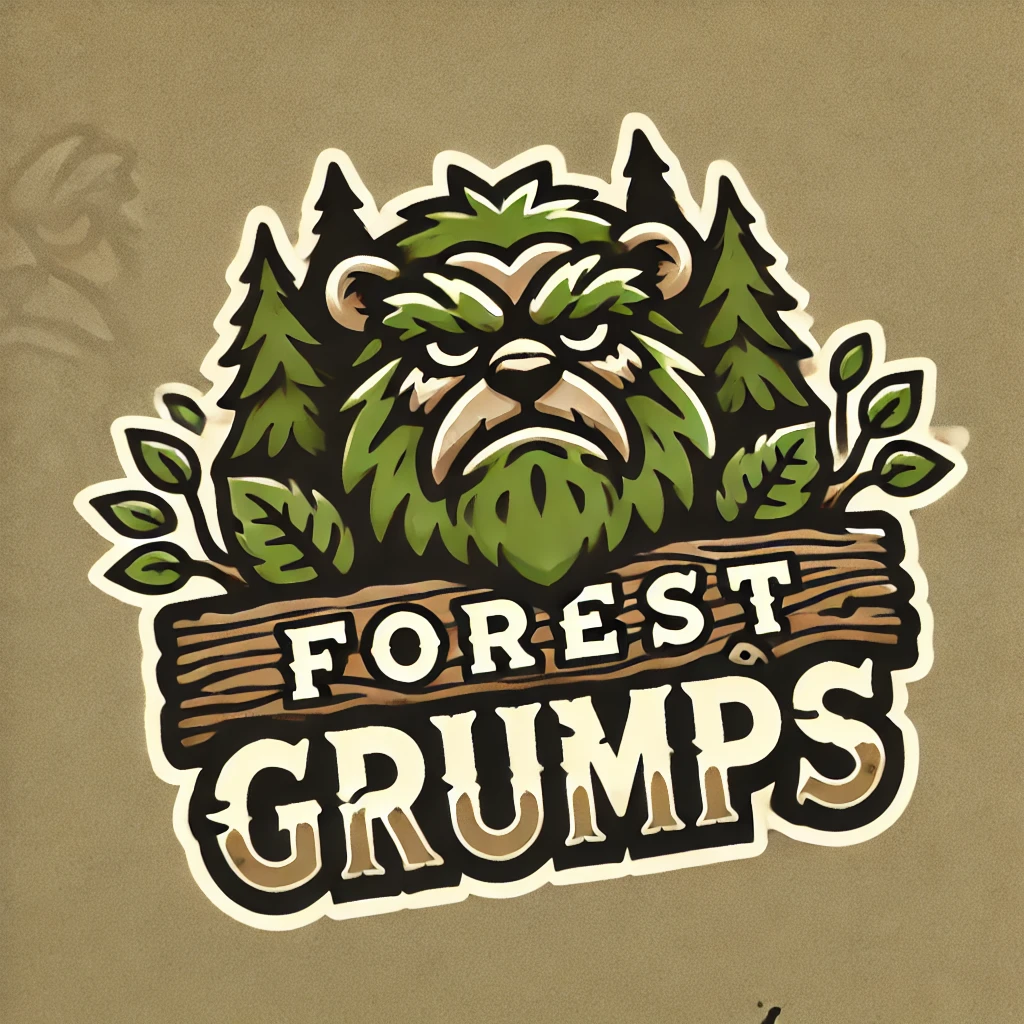When it comes to choosing a cant hook, both LogRite and STIHL are top-tier brands known for producing durable and effective logging tools. While both brands offer excellent cant hooks, they have distinct differences that might make one more suitable for your needs than the other. Below is a detailed comparison of LogRite and STIHL cant hooks, focusing on their design, functionality, and user experience.
LogRite Cant Hook
Design and Features:
- Material: LogRite cant hooks are known for their aircraft-grade aluminum handles. This material is lightweight, corrosion-resistant, and incredibly durable, making it ideal for long-term use in various weather conditions.
- Handle Lengths: LogRite offers cant hooks in multiple lengths, typically ranging from 30 inches to 60 inches. The longer handles provide more leverage, which is particularly useful for handling larger logs.
- Hook Design: The hook is made from hardened steel and features sharp teeth that securely grip logs, preventing slippage. The hook is designed to be durable and withstand heavy-duty use.
- Visibility: LogRite tools are usually coated in a bright blue finish, which makes them easy to spot in wooded areas or on job sites, reducing the chances of misplacing the tool.
- Ergonomics: The aluminum handle is lightweight and balanced, reducing user fatigue during extended use. The handle also has a comfortable grip, making it easier to maneuver even heavy logs.
Best For:
- Heavy-Duty Logging: The lightweight aluminum handle makes it easier to handle large logs over long periods, making LogRite cant hooks ideal for professionals who need a durable, reliable tool.
- Varied Terrain: The range of lengths and the secure grip provided by the hook make LogRite cant hooks versatile for different terrains and log sizes.
- Weather Resistance: The corrosion-resistant aluminum handle is perfect for users who work in wet or harsh weather conditions.
Pros:
- Extremely durable and corrosion-resistant.
- Lightweight design reduces user fatigue.
- Available in multiple lengths for various applications.
- High visibility due to the bright blue color.
Cons:
- Aluminum handles can feel colder in low temperatures compared to wooden handles.
- Typically more expensive than some other brands due to high-quality materials.
STIHL Cant Hook
Design and Features:
- Material: STIHL cant hooks typically feature hardwood handles, offering a traditional, robust feel. The wood is usually treated to withstand weather conditions, though it may require more maintenance than aluminum.
- Handle Lengths: STIHL cant hooks are generally available in standard lengths, such as 48 inches. This length provides a good balance of leverage and control, suitable for most logging tasks.
- Hook Design: The hook is made from forged steel, known for its durability and strength. The hook has serrated edges that grip the log securely, helping prevent slippage during use.
- Ergonomics: The hardwood handle is ergonomically shaped, providing a comfortable grip that reduces hand fatigue. The balance between the handle and hook offers smooth operation, making it easier to control logs.
Best For:
- Sawmill Operations: The blunt-end design is perfect for rolling and positioning logs without damaging the wood, making STIHL cant hooks ideal for sawmill and woodworking tasks.
- Traditional Feel: Users who prefer the classic, solid feel of a wooden handle will appreciate STIHL’s design.
- Precise Log Handling: The ergonomic design and strong hook make STIHL cant hooks excellent for precise log manipulation, particularly in controlled environments.
Pros:
- Robust and comfortable hardwood handle.
- Durable forged steel hook with a secure grip.
- Traditional feel preferred by many woodworkers and loggers.
- Balanced design for smooth operation.
Cons:
- Heavier than aluminum handles, which can cause fatigue over extended use.
- Wooden handles may require more maintenance and can be susceptible to weathering over time.
- Limited availability in terms of length options compared to LogRite.
Key Differences
| Feature | LogRite Cant Hook | STIHL Cant Hook |
|---|---|---|
|
Aircraft-grade aluminum handle | Treated hardwood handle |
|
Highly corrosion-resistant, long-lasting | Durable but requires maintenance for longevity |
|
Lightweight, reducing fatigue | Heavier due to the hardwood handle |
|
Available in multiple lengths (30″ to 60″) | Standard lengths (typically around 48″) |
|
Hardened steel with sharp teeth | Forged steel with serrated edges |
|
Heavy-duty logging, varied terrain | Sawmill work, traditional woodworking |
|
Lightweight, easy to maneuver | Balanced, comfortable grip |
|
Bright blue for easy spotting | Standard wood finish, less visible |
|
Higher due to premium materials | Generally less expensive but still high quality |
Which Tool Should You Choose?
- Choose LogRite if you need a lightweight, durable, and corrosion-resistant tool for heavy-duty logging or if you work in various terrains and weather conditions. The aluminum handle provides long-lasting durability with minimal maintenance, and the variety of lengths ensures you can find the perfect tool for your specific needs.
- Choose STIHL if you prefer the traditional feel of a wooden handle and need a tool for precise log handling in controlled environments like sawmills. STIHL cant hooks are excellent for those who prioritize comfort and control over long work sessions, and who appreciate the classic design and balance of a wooden handle.
Conclusion
Both LogRite and STIHL offer excellent cant hooks, each with its own strengths. LogRite cant hooks are ideal for professionals who need a durable, versatile tool that can handle tough jobs in various conditions. STIHL cant hooks are best for those who value a traditional feel, especially in woodworking and sawmill operations where precision and control are key. Your choice should depend on the specific tasks you’ll be handling and your personal preference for materials and design.
